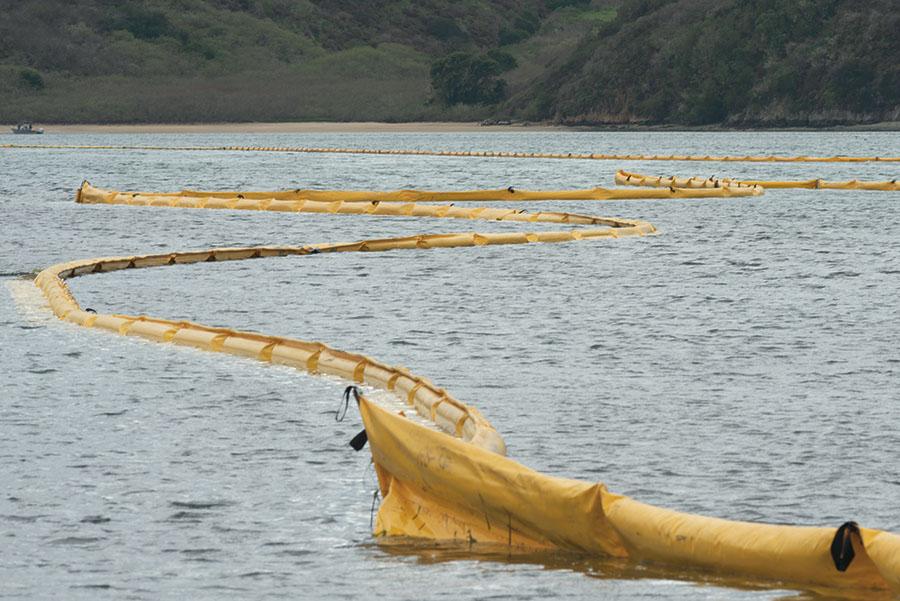A derelict fishing boat is wrecked on the rocky shoreline north of Dillon Beach, and engineers are assessing the state of the vessel with . . .
Boat threatens Tomales Bay with oil slick


A derelict fishing boat is wrecked on the rocky shoreline north of Dillon Beach, and engineers are assessing the state of the vessel with . . .